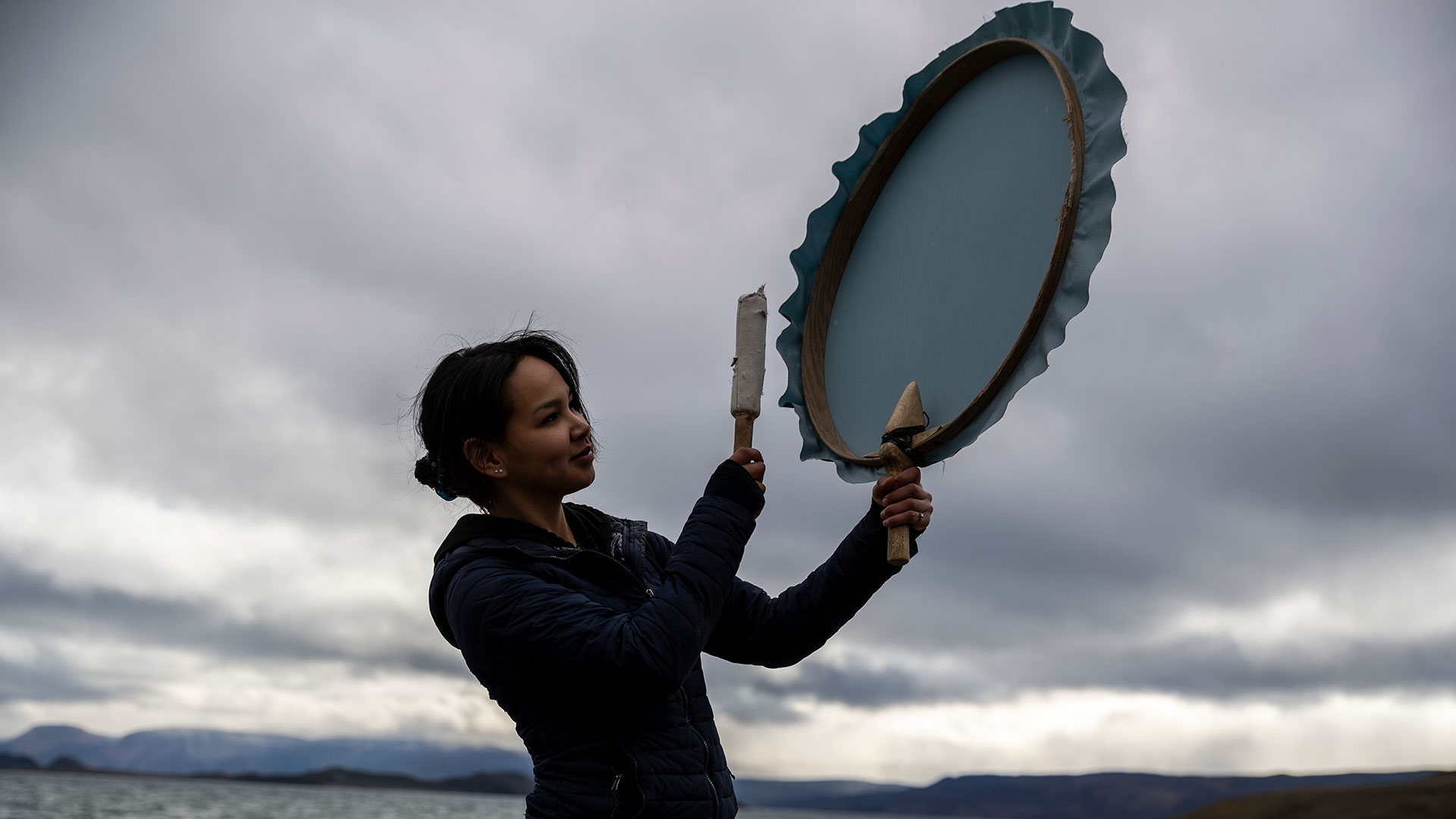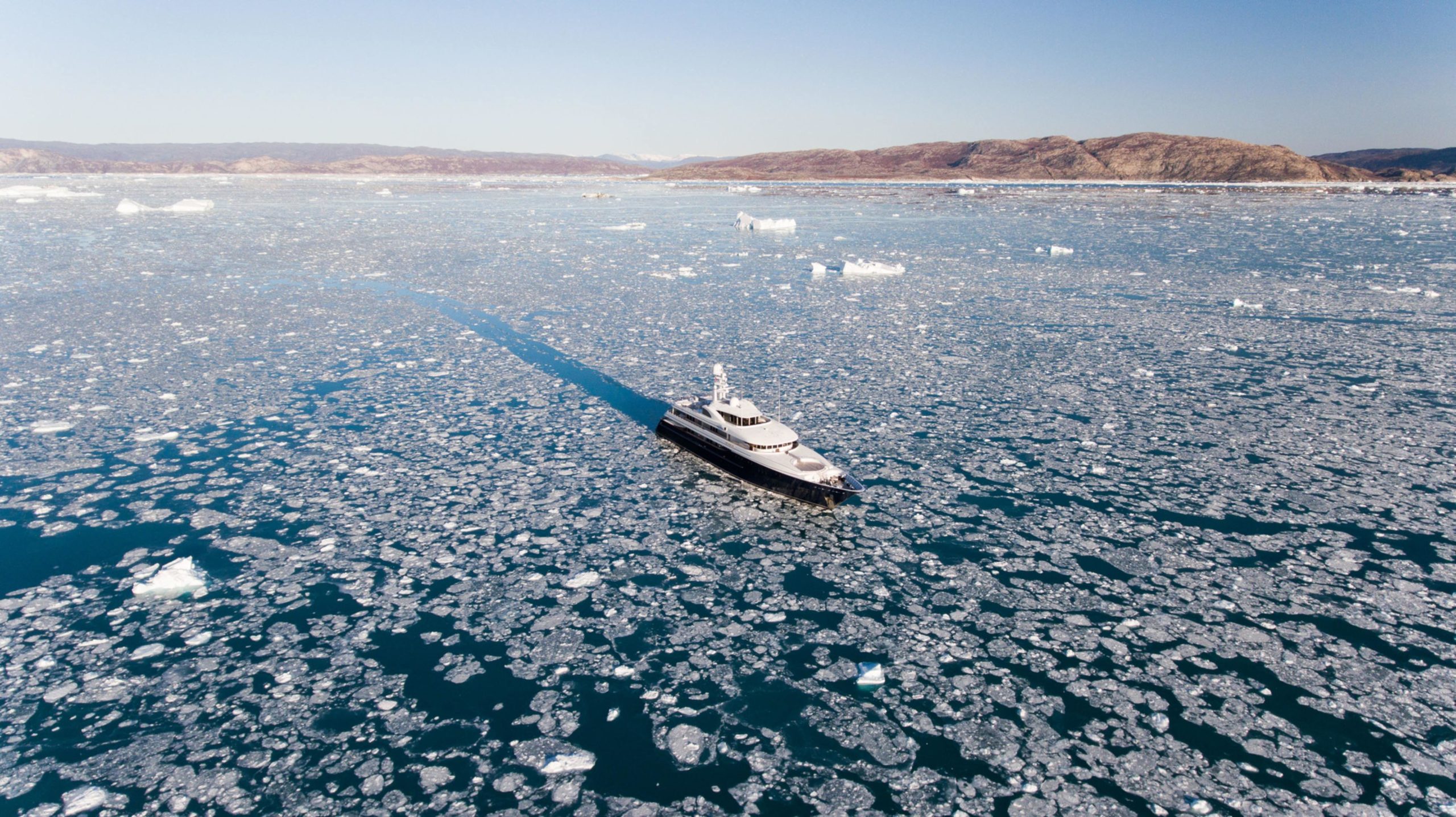There are few places in the world that blend history, nature, navigation, and culture in the same drama that the Northwest Passage does. This epic sea route linking the North Atlantic and North Pacific oceans weaves through an archipelago of Arctic islands and a complex maze of seasonal sea ice, making it one of the most remote, challenging, and exciting regions on Earth.
The Northwest Passage is most known for its pivotal role in maritime history. Early European explorers such as John Cabot and Henry Hudson set sail in search of the elusive route in the 15th and 17th centuries, respectively, trying to connect trade routes. These early attempts resulted in repeated (and often deadly) hardship and failure, as explorers encountered mercurial Arctic conditions and impassable ice.
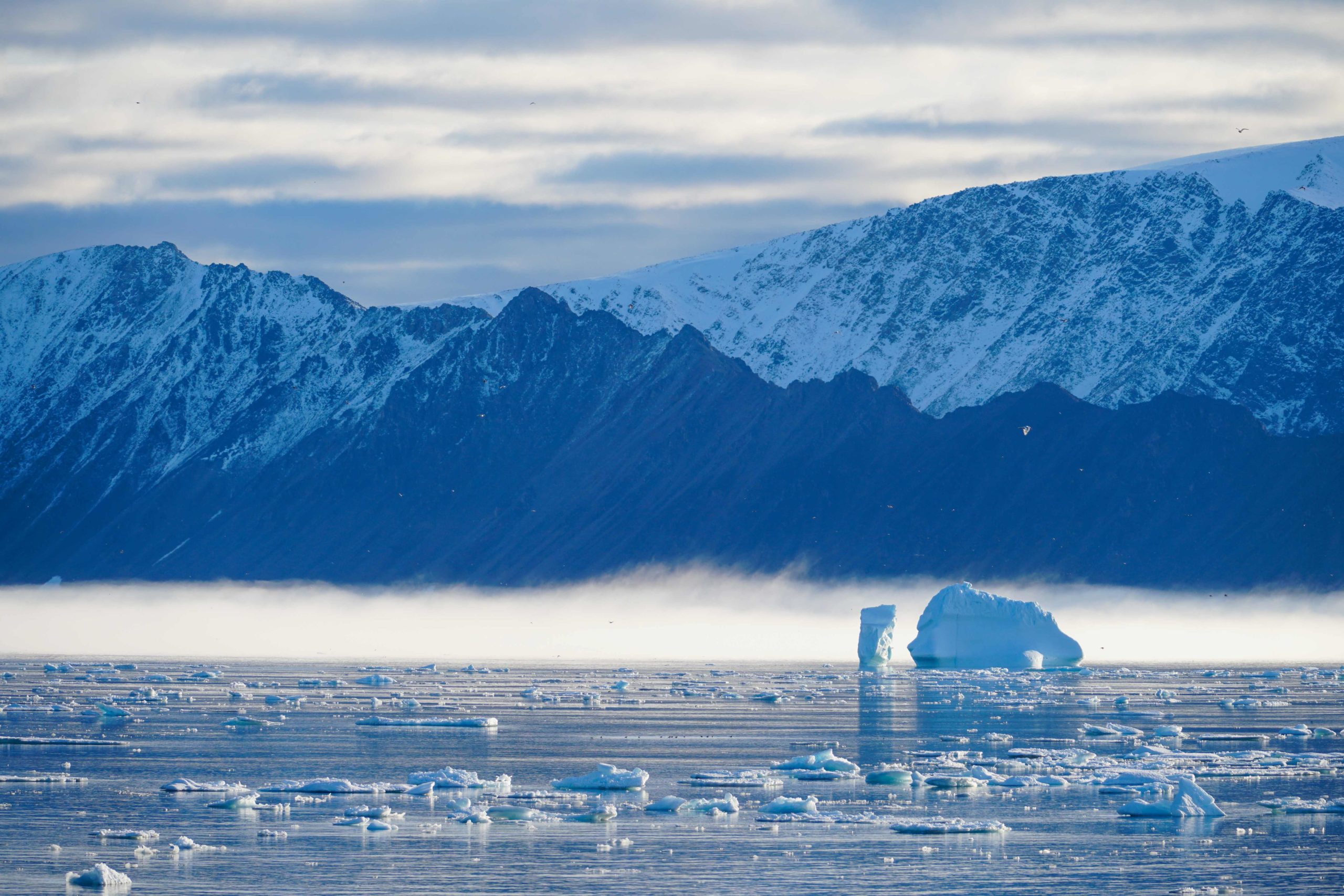
The first successful navigation of the Northwest Passage finally didn’t occur until 1906, when Norwegian explorer Roald Amundsen completed the journey. This accomplishment marked the end of centuries of exploration, adversity, and tragedy and is now the stuff of legend. Today’s voyages follow in the footsteps of these brave pioneers, exploring the same waters and experiencing the thrill of a modern-day Northwest Passage expedition. Like at Beechey Island, a hauntingly beautiful location where you can visit the graves and relics from Sir John Franklin’s ill-fated expedition.
Even today, only around 300 vessels have successfully completed the entire passage from ocean to ocean. EYOS has unmatched expertise in this region, successfully delivering complex projects for multiple yachts. Our field teams are amongst the few who have completed this transit on several occasions, and bring a wealth of knowledge allowing a safe and inspiring transit of this legendary sea route.
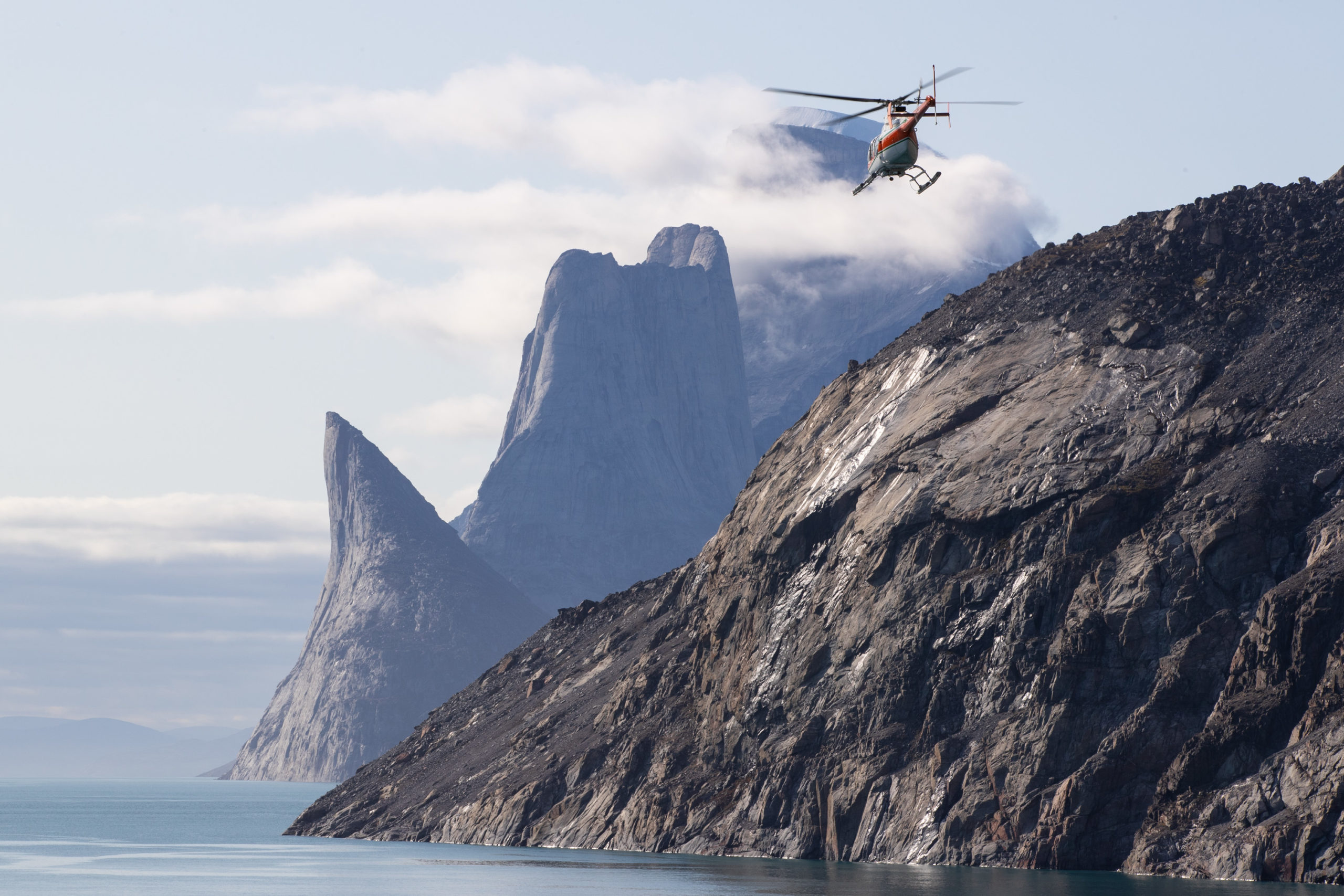
But the story of the Northwest Passage begins long before these early western explorers. The region is home to a powerfully resilient network of indigenous communities that have thrived in the Arctic for thousands of years. Arctic Bay and many other stops along the route provide a glimpse into the powerful Inuit heritage, the wisdom demonstrated in their traditions, and the respect they hold for the Arctic. The communities’ time-honored hunting and fishing practices, art, and craftsmanship serve as a bridge between past and present and create an unforgettable enriching cultural experience.
Beyond the human element, the Arctic is also home to an incredible array of wildlife, from polar bears and walruses to beluga whales and Arctic foxes. Sailing the Northwest Passage offers unique opportunities to observe these animals in their natural habitat. The ever-changing conditions of the Arctic ensure that no two days on the expedition are the same. You may find yourself navigating through ice searching for polar bears, hiking on pristine shores in search of terrestrial life in the tundra, or boarding Zodiacs to see what might appear in the icy waters.
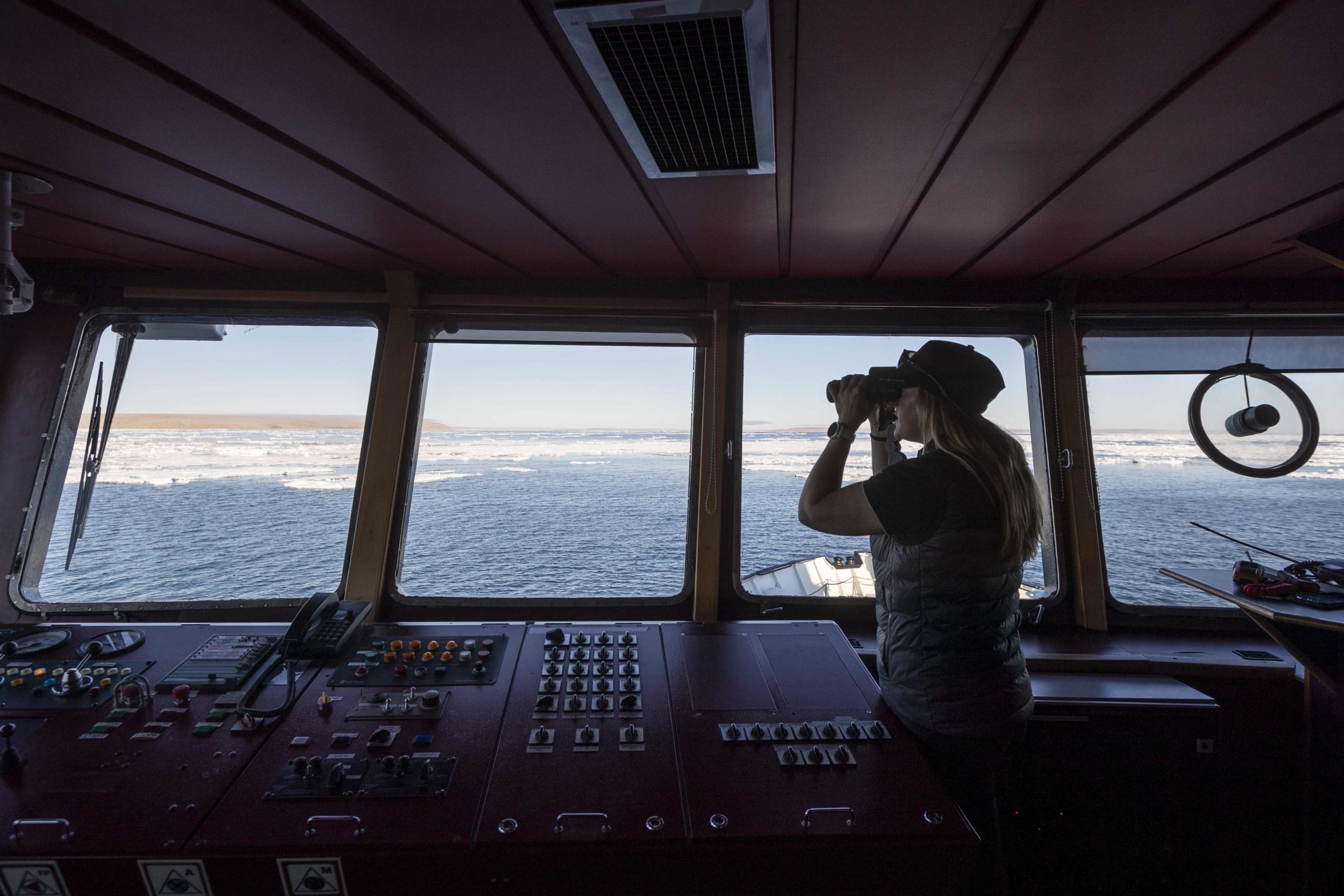
A journey through the raw beauty of the Northwest Passage is a journey into history, culture, and the heart of the Arctic wilderness largely untouched by humans. It’s a testament to human tenacity and the spirit of exploration that has driven individuals for centuries. An expedition there today offers a chance to explore the past, embrace the present, and participate in the ongoing story of the Northwest Passage.
